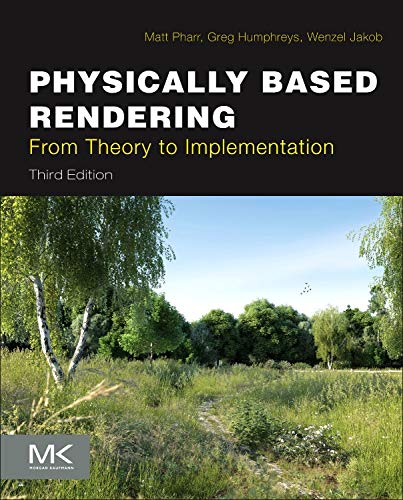
Physically Based Rendering: From Theory to Implementation
by Matt Pharr, Wenzel Jakob, Greg Humphreys
Publisher: Morgan Kaufmann 2016
Number of pages: 1266
Description:
Physically Based Rendering describes both the mathematical theory behind a modern photorealistic rendering system as well as its practical implementation. A method known as 'literate programming' combines human-readable documentation and source code into a single reference that is specifically designed to aid comprehension. The ideas and software in this book show the reader how to design and employ a full-featured rendering system capable of creating creating stunning imagery.
Download or read it online for free here:
Read online
(online html)
Similar books
 Blender Basics: Classroom Tutorial Book
Blender Basics: Classroom Tutorial Bookby James Chronister
Blender is a 3D technology rendering/animation/game development open-sourced freeware program maintained by the Blender Foundation. This tutorial book is designed to get you up and running in the basics of creating objects and scenes and animating.
(21720 views)
 OpenGL Programming
OpenGL Programming- Wikibooks
OpenGL is an API used for drawing 3D graphics. This book is aimed at beginners who are discovering OpenGL. It will assume knowledge of basic C and C++. If you know nothing about 3D graphics, we'll try to familiarize you along the way.
(15226 views)
 Cg Programming
Cg Programming- Wikibooks
Nvidia's programming language Cg is one of several commonly used shading languages for real-time rendering. These shading languages are used to program shaders (i.e. more or less small programs) that are executed on a GPU (graphics processing unit).
(7900 views)
 Magic Ink: Information Software and the Graphical Interface
Magic Ink: Information Software and the Graphical Interfaceby Bret Victor - worrydream.com
The book demonstrates the crucial role of information graphic design, and presents three approaches to context-sensitivity. The intent is to introduce a 'unified theory' of information software design, and provide inspiration for designers.
(14041 views)